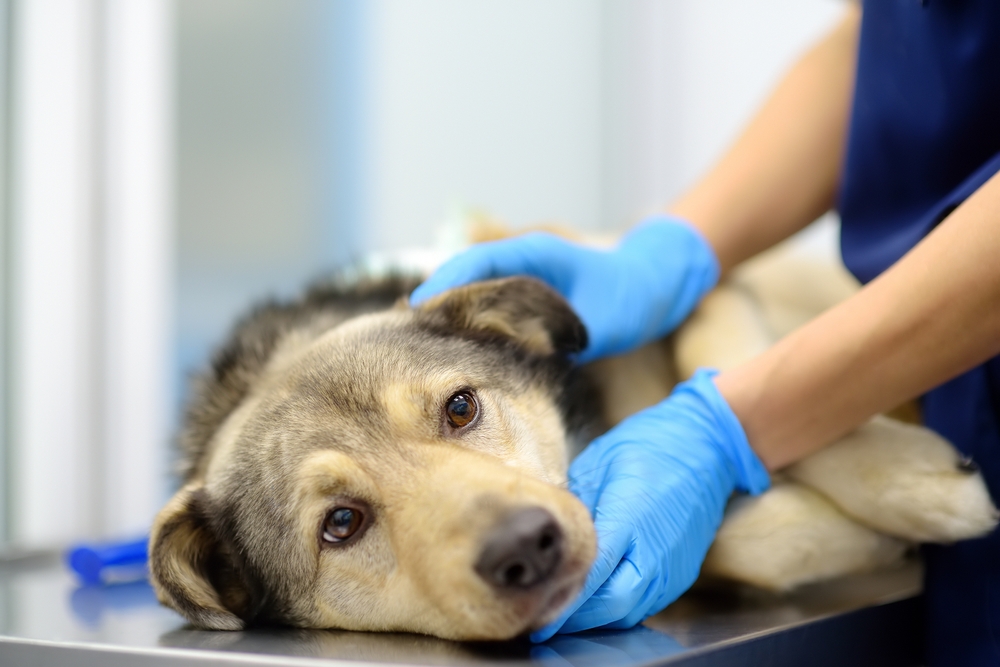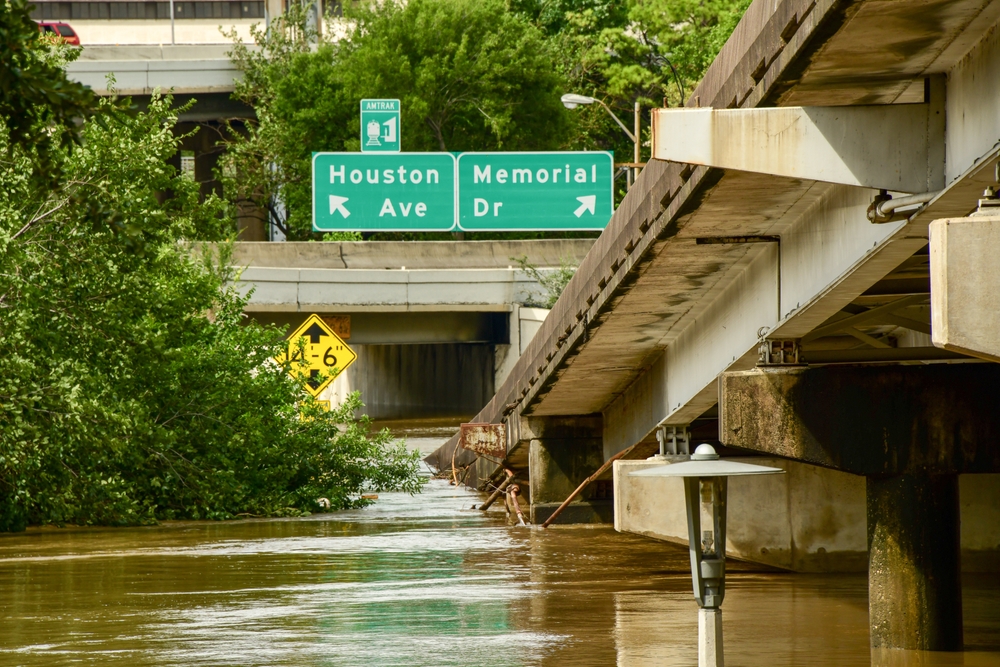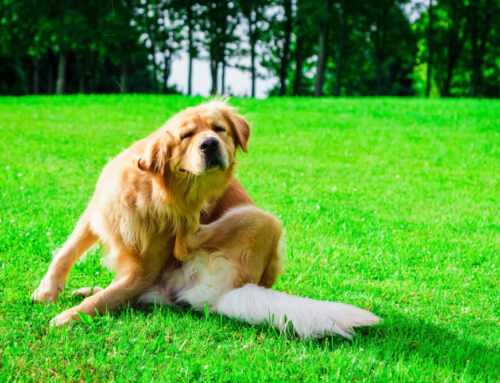Natural disasters, from tornadoes to hurricanes, can strike with little warning, and you should have a plan in place for your family and your pet. Proper preparation can help keep your furry companion safe and reduce their stress associated with such events. The south Austin veterinary team at Oliver Animal Hospital offers a comprehensive guide on preparing your pet for a natural disaster.
Create a pet emergency kit
Just as you might have a disaster kit for your family, your pet needs one, too. The following are important items to include:
- Food and water — Have on hand at least three to seven days’ worth of food and water for your furry friend. Remember to pack a can opener if your pet eats canned food.
- Medications and medical records — Keep a two-week supply of your pet’s medications and their medical records, either a printed copy or access to online records.
- First aid kit — Include basic pet first aid supplies such as bandages, antiseptic wipes, tweezers, and any specific items your pet might need.
- Collar with identification (ID) tag and leash — Ensure your pet is wearing a collar with an up-to-date ID tag. At least have one leash on hand for quick evacuation. While you’re checking your pet’s ID tags, consider having them microchipped. A microchip provides permanent identification, whereas tags can fall off and become lost in the commotion.
- Crate or carrier — Use a sturdy, comfortable crate or carrier to transport small pets safely.
- Sanitation supplies — Include litter and a litter box for cats, and waste bags for dogs.
- Comfort items — Familiar items, including toys, blankets, and bedding, help reduce your pet’s stress.
- Recent photo — In case you get separated from your pet, a recent photo saved to your phone will help identify them.
Plan how to evacuate with your pet
A clear evacuation plan is crucial, as every second counts in an emergency. Consider the following:
- Know your destination — Identify pet-friendly hotels, boarding facilities, or shelters outside your immediate area. Many disaster shelters do not accept pets, so you must have alternatives, including family members or friends who would take in your pet.
- Practice evacuating — Start familiarizing your furry pal with their carrier or crate. Practice evacuating with your pet, including taking practice car trips, to reduce their anxiety during an actual emergency.
- Transportation — Ensure your vehicle is equipped to transport your pet safely. Have your pet’s crate, leash, and emergency kit ready to go.
Identify a safe room for you and your pet
If evacuation isn’t possible, such as in the case of an impending tornado, identify a safe room in your home where you and your pet can stay. This room should be:
- Windowless — Ideally, your safe room should have no windows to avoid injury from shattered glass.
- Stocked with supplies — This room is where you should keep your pet’s emergency kit and extra water, food, and sanitation supplies.
- Comfortable — Make the designated room as comfortable as possible, including familiar items to help keep your pet calm.
Stay informed to better protect your pet
Monitor weather reports and alerts from local authorities. Staying informed about impending disasters can give you the crucial time needed to implement your emergency plan for your family and furry family members.
Remain calm to decrease your pet’s anxiety
Pets are adept at sensing their owners’ stress and anxiety. Practice staying calm and collected during emergency drills while also simulating the rapid response needed in any disaster. In the event of an actual disaster, your pet will feel secure and less anxious if you stay level-headed.
Prepare to care for your pet after a disaster

After a disaster, conditions may be chaotic and stressful, and your furry friend may have been injured during the event. To manage your pet’s well-being after a disaster, follow these tips:
- Check for injuries — Immediately check your pet for injuries and seek veterinary care with our Oliver Animal Hospital team if needed.
- Be cautious outdoors — Debris and contaminants from high winds, floods, and tornadoes may pose a risk to your pet. Keep them on a leash and avoid letting them roam freely.
- Monitor behavior — After the chaos, your pet may exhibit stress or anxiety signs. Provide comfort and stability as much as possible.
Preparing your pet for a natural disaster involves careful planning and proactive measures. By following our emergency preparedness tips, you can ensure your four-legged friend’s safety and well-being during challenging times. Remember, the more prepared you are, the safer and less stressful the experience will be for you and your precious pet. Contact the south Austin veterinary team at Oliver Animal Hospital if you have questions about preparing your pet for unexpected events.







Leave A Comment